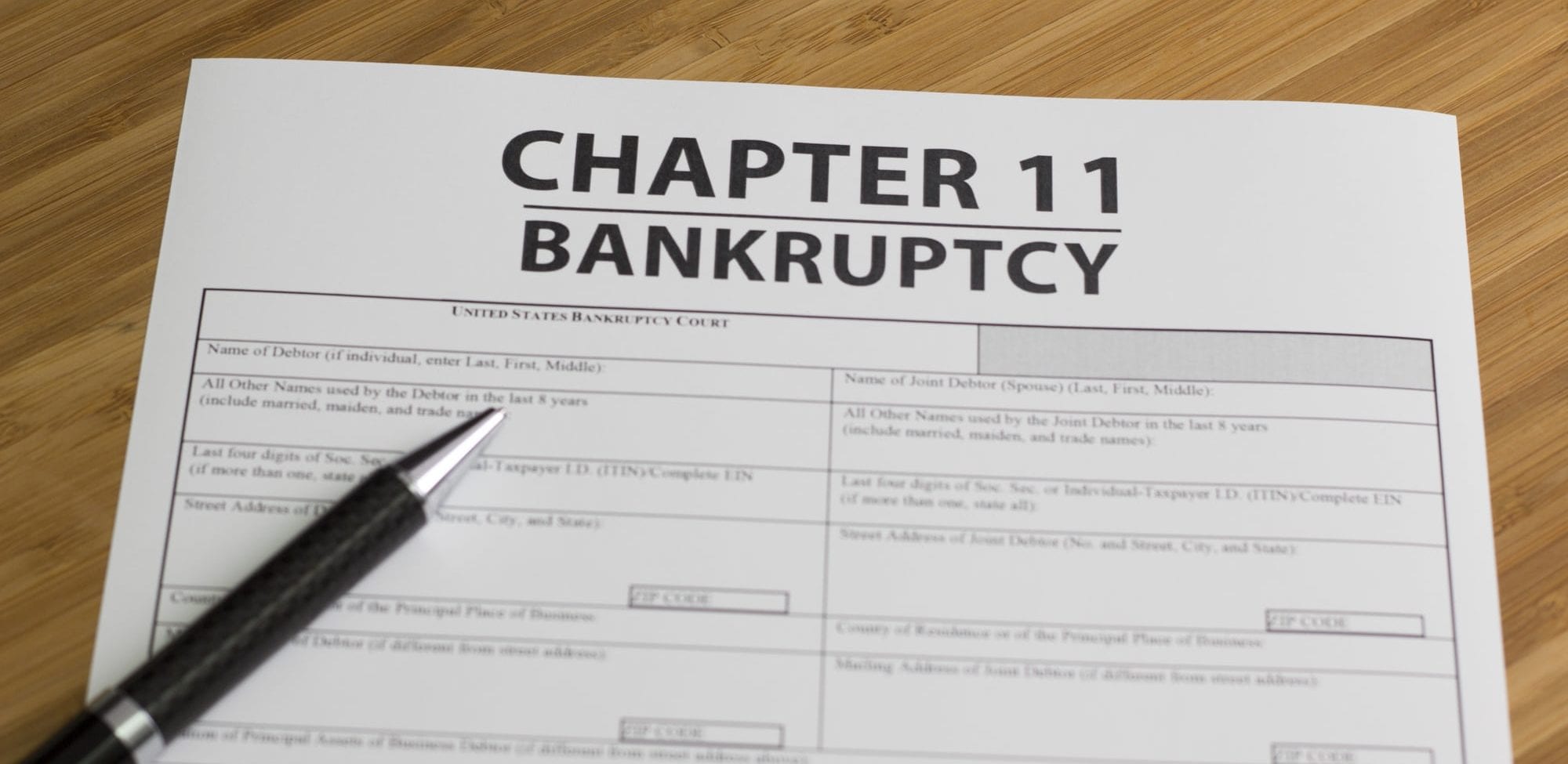If you’re facing financial difficulties and have chosen Chapter 13 bankruptcy as your path to debt relief, you’re not alone. Chapter 13 bankruptcy is a legal process that allows individuals to reorganize their debts and create a manageable repayment plan. In this article, we’ll guide you through the Chapter 13 bankruptcy process, provide expert insights, and answer some common questions to help you successfully navigate this challenging but potentially life-changing journey.
Understanding Chapter 13 Bankruptcy
Chapter 13 bankruptcy, often referred to as a “wage earner’s plan,” is designed for individuals with a regular source of income who can reorganize and repay their debts over a three- to five-year period. Unlike Chapter 7 bankruptcy, which involves the liquidation of assets to pay off debts, Chapter 13 focuses on creating a manageable repayment plan. Here are the key steps and considerations to help you survive Chapter 13:
1. Filing for Chapter 13: The Initial Steps
To initiate a Chapter 13 bankruptcy case, you’ll need to file a petition with the bankruptcy court in your jurisdiction. This begins the legal process of reorganizing your debts. Additionally, you must provide a detailed list of your assets, liabilities, income, and expenses. The court will appoint a trustee to oversee your case, and an automatic stay will be issued, preventing creditors from taking collection actions against you.
2. Creating a Feasible Repayment Plan
The heart of a Chapter 13 bankruptcy is the creation of a repayment plan. With the help of your attorney, you’ll develop a plan that outlines how you intend to pay off your debts over the specified period. This plan must be based on your disposable income, which is the amount left after essential living expenses. Your creditors will have the opportunity to review and comment on the plan before the court approves it.
3. Making Consistent Payments
Once your repayment plan is approved by the court, you’ll be required to make regular payments to the trustee, who will then distribute the funds to your creditors. These payments are typically made monthly and should be affordable based on your disposable income. Consistency in making payments is critical to the success of your Chapter 13 bankruptcy.
4. Meeting Your Obligations
During the Chapter 13 bankruptcy process, it’s crucial to meet all your financial obligations. This includes staying current on secured debts like your mortgage or car loan. Falling behind on these payments can jeopardize your bankruptcy case and potentially lead to the loss of your property.
5. Completing Financial Management Courses
As part of the Chapter 13 process, you’ll be required to complete two financial management courses. The first course is taken before filing for bankruptcy, and the second is completed after filing. These courses are intended to help you manage your finances more effectively and avoid future financial pitfalls.
Can I keep my home and car during Chapter 13 bankruptcy? A1: Yes, in most cases, you can keep your home and car as long as you continue making payments on your mortgage and car loan. Chapter 13 is designed to help you catch up on missed payments and protect your assets.
What happens if I can’t make my Chapter 13 payments? A2: If you encounter financial difficulties during your Chapter 13 bankruptcy, it’s essential to communicate with your attorney and the trustee. Modifications to your repayment plan may be possible, but it’s crucial to address the issue promptly to avoid potential dismissal of your case.
How long does Chapter 13 bankruptcy stay on my credit report? A3: Chapter 13 bankruptcy typically remains on your credit report for seven years from the filing date. However, its impact on your credit score diminishes over time, and you can begin rebuilding your credit during and after the bankruptcy process.
Can I convert my Chapter 13 case to Chapter 7 if I can’t continue with the payments? A4: In some circumstances, you may be able to convert your Chapter 13 bankruptcy to a Chapter 7 case. Consult with your attorney to determine if this option is available and appropriate for your situation.
Conclusion
Surviving Chapter 13 bankruptcy requires careful planning, commitment, and a willingness to adapt to changing circumstances. By understanding the process, creating a feasible repayment plan, and making consistent payments, you can achieve financial stability and a fresh start. Remember, Chapter 13 is a valuable tool for individuals seeking relief from overwhelming debt while retaining their assets and securing their financial future. If you’re considering Chapter 13 bankruptcy, consult with an experienced bankruptcy attorney who can provide personalized guidance and support throughout the process. With the right legal counsel and a well-executed plan, you can successfully navigate Chapter 13 bankruptcy and work toward a debt-free future.







